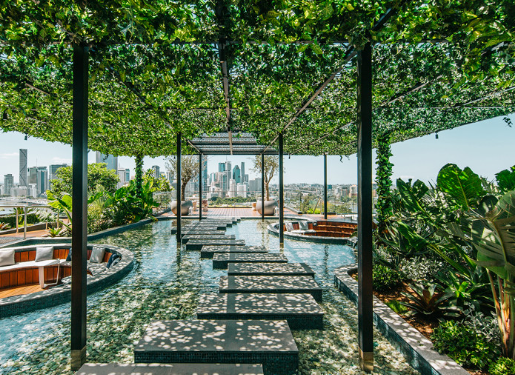Architecture as landscape represents a transformative approach to design, where structures and their surroundings blend seamlessly. This concept emphasizes an integrated relationship between buildings, green spaces, and natural elements, creating harmonious environments that resonate with users. Understanding this topic is crucial for anyone interested in sustainable design, urban development, and the future of our built environments.
The Connection Between Nature and Design
At the heart of architecture as landscape is the idea that buildings do not exist in isolation. Great architecture can enhance the natural environment rather than disrupt it. This connection encourages architects and designers to consider factors such as topography, climate, and local flora when developing their designs. By integrating natural elements into architecture—like green roofs, living walls, and natural materials—designers can foster a sense of place that enhances the overall experience for inhabitants and visitors alike.
Sustainable Practices in Architectural Design
Sustainability is a core principle in the philosophy of architecture as landscape. By prioritizing eco-friendly materials and energy-efficient systems, architects can create structures that minimize their carbon footprint while maximizing their connection to nature. Techniques such as passive solar design, rainwater harvesting, and the use of renewable resources not only promote environmental stewardship but also contribute to the well-being of those who occupy these spaces. Incorporating native plants and local materials into landscaping further enhances sustainability, creating habitats that support local wildlife and ecosystems.
Emotional and Cultural Significance
Architecture as landscape goes beyond functionality; it also speaks to our emotional and cultural connections to space. Structures that harmonize with their surroundings can evoke feelings of tranquility, beauty, and belonging. They offer places for gathering, reflection, and recreation, enhancing community ties. Additionally, architecture that respects and reflects local culture can foster a sense of identity and pride among residents, making spaces feel more like home.
Conclusion
In an era where urban environments are expanding and natural landscapes are at risk, understanding architecture as landscape is more important than ever. By embracing the integration of buildings and nature, we can create sustainable, beautiful, and meaningful spaces for generations to come. Explore this fascinating intersection further and consider how you might incorporate these principles in your own life or projects!

